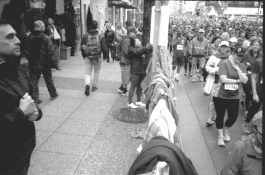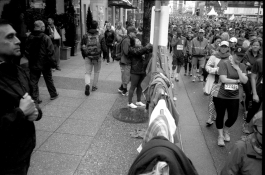colin wells
Member
I was shooting some ISO 400 in to park the other sunny day taking pics of my dog playing .My dog is black .The pics came out with the grass wishey washey any advice on the way to go for compensating with the ISO .Thanks
I'm assuming you were using negative film.I was shooting some ISO 400 in to park the other sunny day taking pics of my dog playing .My dog is black .The pics came out with the grass wishey washey any advice on the way to go for compensating with the ISO .Thanks


Or a dalmation(or buy an 18% grey dog)
 .
.And how are the negatives?Thank you all for your answers the film is unfortunately processed in a lab so i have no control over that .The camera is a Contax RTS 1 so it is aperture control and manual only with no exposure lock but does have + and - compensation dial
The negatives are the same as the pics the dog very black but you can see features and the grass uneven and washed out
I'm confused. It may, however, be a problem with terminology.The negatives are the same as the pics the dog very black but you can see features and the grass uneven and washed out
| Photrio.com contains affiliate links to products. We may receive a commission for purchases made through these links. To read our full affiliate disclosure statement please click Here. |
PHOTRIO PARTNERS EQUALLY FUNDING OUR COMMUNITY:  |


